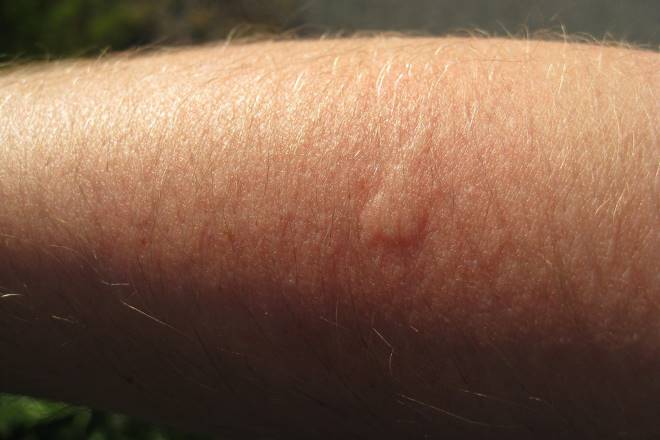Allergy Treatment: Recognizing and Managing Visible Reactions
Allergic reactions can range from mild irritation to life‑threatening events, and the way they show on the body—such as swelling or changes to the skin—helps guide treatment. Understanding common signs, immediate steps to take, and longer‑term management options can improve outcomes and reduce recurrence. This article explains how allergic responses present on the skin and face, what to do when the lips or tongue swell, and which treatments clinicians commonly use. It also covers when to seek urgent care and how to access local services for testing and follow‑up.

This article is for informational purposes only and should not be considered medical advice. Please consult a qualified healthcare professional for personalized guidance and treatment.
Why does swelling happen in allergies?
Swelling during an allergic reaction arises when the immune system releases histamine and other inflammatory mediators in response to an allergen. These chemicals make blood vessels leakier and attract fluid into tissues, producing visible swelling (edema). Swelling can be localized, such as around a mosquito bite, or more diffuse, affecting larger areas of the body. Rapid swelling of the face, tongue, or throat is especially concerning because it can signal airway involvement. Initial at‑home measures include removing the trigger, applying a cool compress, and taking an oral antihistamine if advised by a healthcare provider.
How do allergies affect the skin?
Allergic skin reactions can appear as hives (raised, itchy welts), eczema flares, contact dermatitis, or generalized redness. Hives typically move and change shape over minutes to hours and are caused by histamine release, while contact dermatitis results from direct exposure to an irritant or allergen and evolves over a longer period. Topical corticosteroids and emollients can help manage inflammation and restore the skin barrier for many conditions, and short‑term oral antihistamines relieve itch. For recurrent or unexplained skin reactions, allergy testing and referral to a dermatologist or allergist in your area can clarify triggers and treatment options.
Allergic reactions on the face: signs
The face is a common site for allergic responses because it’s frequently exposed to environmental allergens and topical products. Signs include redness, puffiness, hives, and localized swelling around the eyelids, cheeks, or lips. Facial involvement should be monitored closely because progressive swelling may compromise the airway or vision. If facial swelling is accompanied by difficulty breathing, hoarseness, lightheadedness, or swelling of the tongue or throat, seek emergency medical care. For isolated facial irritation, stopping the offending product, applying cool compresses, and using physician‑recommended topical treatments often provide relief.
When lips swell: causes and care
Swollen lips can come from food allergies, insect stings, medication reactions, or contact with substances such as cosmetics or dental products. Angioedema—deep tissue swelling of the lips—is often non‑itchy and can develop rapidly. Immediate care includes stopping exposure to the suspected cause, using oral antihistamines if appropriate, and monitoring breathing and swallowing. For recurrent angioedema, clinicians may evaluate for allergic and non‑allergic causes and consider preventive strategies. People with a history of rapid lip or facial swelling are often advised to carry epinephrine auto‑injectors if a healthcare professional determines they are at risk of severe reactions.
Tongue swelling in allergic reactions
Tongue swelling (macroglossia from angioedema) is a red flag because it can quickly obstruct the airway. Common triggers include food allergens, medications such as ACE inhibitors (which can cause non‑allergic angioedema), and insect venom. If the tongue swells suddenly and breathing or speaking becomes difficult, call emergency services immediately or go to an emergency department—epinephrine and airway management may be required. In non‑emergent cases, antihistamines and corticosteroids may reduce swelling; allergists can perform testing and consider long‑term options like immunotherapy or changes in medication regimens to prevent future episodes.
Conclusion
Allergic reactions visible on the skin, face, lips, or tongue vary widely in severity. Mild cases often respond to avoidance, antihistamines, topical care, and follow‑up with a primary care provider. Rapid or progressive swelling—especially that affecting the tongue, throat, or breathing—requires immediate emergency evaluation. For persistent or recurrent problems, allergy testing and consultation with local services or an allergist can help identify triggers and develop a tailored prevention and treatment plan.






